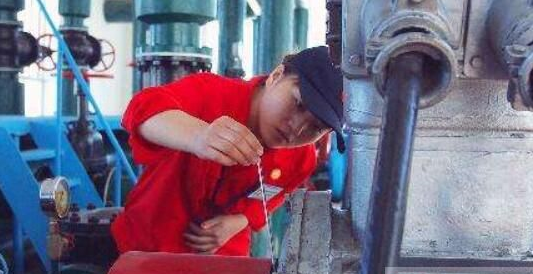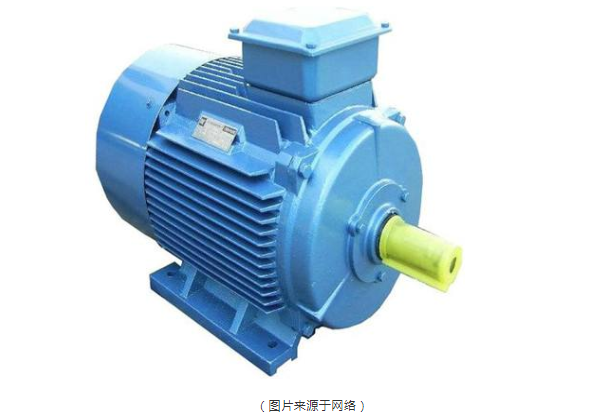What is the maximum temperature of various parts of the motor?
Generally speaking, if the motor insulation level is Class A and the ambient temperature is 40°C, then the motor shell temperature should be less than 60°C.
1. The temperature rise of the core in contact with the winding (thermometer method) should not exceed the temperature rise limit of the winding insulation in contact (resistance method), that is, Class A is 60℃, Class E is 75℃, Class B is 80℃, F Grade 100℃, Grade H 125℃.
2. The temperature of rolling bearings should not exceed 95°C, and the temperature of sliding bearings should not exceed 80°C. Because the temperature is too high, the oil quality will change and the oil film will be destroyed.

3. In practice, the temperature of the casing is often based on whether it is not hot to the touch.
4. The stray loss on the surface of the squirrel cage rotor is very large and the temperature is high. Generally, it is limited to the extent that it does not endanger the adjacent insulation. It can be estimated by applying irreversible color-changing paint in advance.

The insulation grade of a motor refers to the heat resistance grade of the insulation material used, which is divided into grades A, E, B, F, and H. The allowable temperature rise refers to the limit of the temperature increase of the motor compared with the ambient temperature. In electrical equipment such as generators, insulation materials are the weakest link. Insulating materials are particularly susceptible to the effects of high temperatures, which can cause accelerated aging and damage. Different insulation materials have different heat resistance properties, and electrical equipment using different insulation materials has different abilities to withstand high temperatures. Therefore, general electrical equipment stipulates the maximum temperature for its operation.




























 XINDA
XINDA